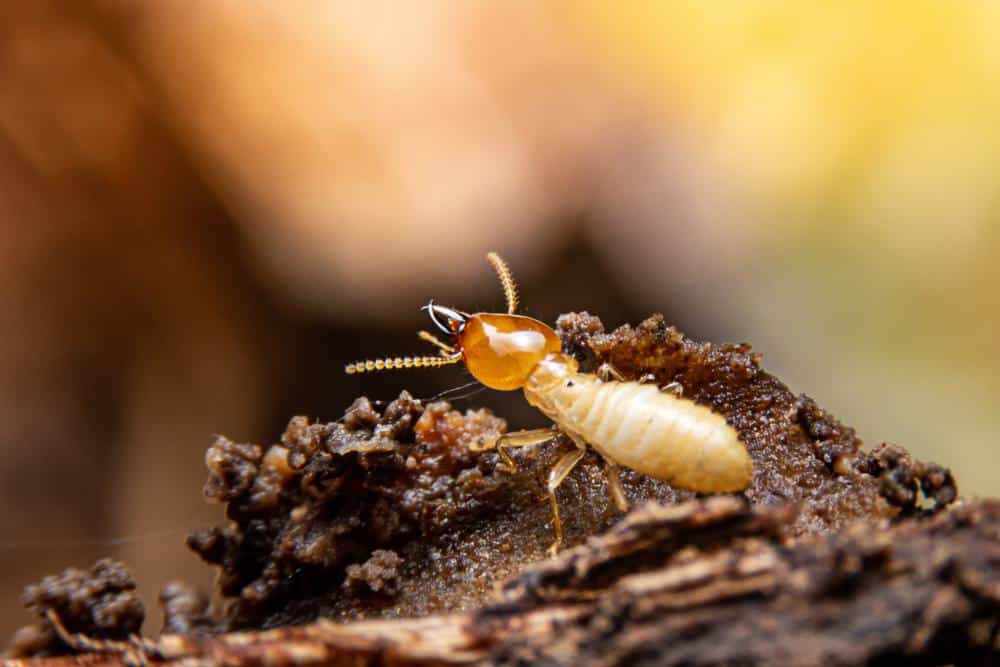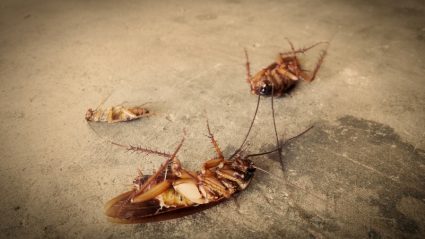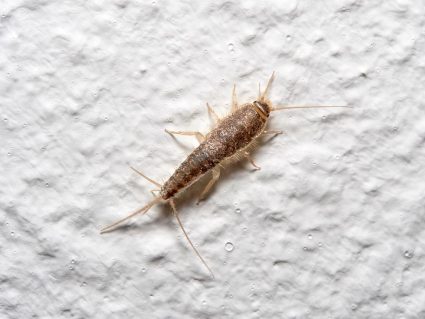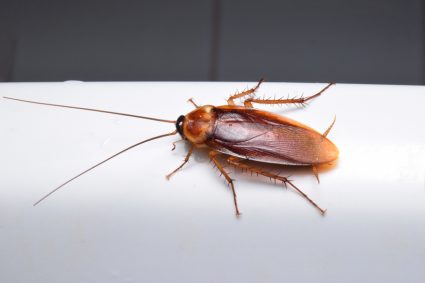
Pyrethrin, a natural insecticide derived from the chrysanthemum flower, is known for its effectiveness against a broad range of insects. But does it work against the destructive force of termites? The answer is slightly complex, as it involves understanding the nature of both Pyrethrin and termites.
Pyrethrin can kill termites upon direct contact due to its toxic effects on these pests. However, its effectiveness may vary depending on the termite species and the extent of the infestation. While Pyrethrin and its synthetic counterparts, known as pyrethroids, are used in termite control, they are often part of an integrated pest management approach and not used as a standalone solution.
Understanding Pyrethrin
Pyrethrin is a mixture of six chemicals that are toxic to insects. It has been used in pest control since the 1950s and is found in over 2,000 registered pesticide products. The insecticide works by targeting the nervous system of the insects, causing a toxic effect that leads to their death almost immediately upon contact.
Pyrethrin and Termites
While Pyrethrin is effective against various pests, its effectiveness against termites is not as straightforward. A study on the potential of gas-propelled aerosol containing synergized pyrethrins for localized treatment of Cryptotermes brevis (drywood termites) showed that pyrethrin has toxic effects on these termites. However, it is important to note that pyrethroids, synthetic derivatives of pyrethrins, are repellent to termites and provide a barrier around structures, but they do not necessarily diminish termite populations.
Despite this, Pyrethrin and its synthetic counterparts, known as pyrethroids, are still used as part of an integrated pest management (IPM) approach to control termites.
Advantages of Pyrethrin for Termite Control
- Environmentally friendly: Pyrethrin is less harmful to the environment compared to synthetic insecticides.
- Broad-spectrum effectiveness: It works against a wide range of pests, including termites.
- Rapid action: Pyrethrin kills insects almost instantly upon contact, making it a fast-acting solution.
- Low toxicity to mammals: Pyrethrins are generally safe for mammals under normal conditions, making them safer for use around humans and pets.
Applying Pyrethrin for Termite Control
To use Pyrethrin effectively against termites, it should be applied directly to infested areas. Here are some steps to follow:
- Choose the right product: Select a Pyrethrin-based insecticide that’s designed for termite control.
- Mix the solution: Dilute the Pyrethrin concentrate with water according to the product label instructions.
- Apply the insecticide: Pyrethrin works on contact with pests. To target termites, treat infested wood directly.
- Reapply as needed: Pyrethrins rapidly break down after application, so reapply as needed.
- Follow safety precautions: Always read and follow product label instructions. Wear appropriate protective equipment when handling and applying the insecticide.
Alternatives to Pyrethrin
While Pyrethrin can be used against termites, there are other effective alternatives as well:
- Fipronil and Imidacloprid: These chemicals are often used in foam termiticide treatments.
- Neem oil (Azadirachtin): A natural insecticide, neem oil is biodegradable and non-toxic to pets, birds, fish, and other wildlife.
- Diatomaceous earth: This natural insecticide damages the exoskeletons of crawling insects like termites, causing them to dehydrate and die.
- Boric acid: A low-toxicity pesticide that interferes with the termite’s digestive system, leading to death.
In conclusion, while Pyrethrin can be used to control termites, its effectiveness may vary depending on the termite species and the extent of the infestation. It’s always best to consult with a professional exterminator to determine the best course of action for termite control.
Frequently Asked Questions
What are the symptoms of termite infestation?
Symptoms of a termite infestation can include: wood that sounds hollow when tapped, cracked or bubbling paint, discarded wings from swarmers, termite droppings that look like sawdust (frass), mud tubes on exterior walls, and actual visible termites.
What are the differences between Pyrethrin and Pyrethroids?
Pyrethrin is a natural insecticide derived from the chrysanthemum flower. Pyrethroids, on the other hand, are synthetic versions of Pyrethrin. They are chemically engineered to last longer and are often more potent.
Can Pyrethrin be used indoors?
Yes, Pyrethrin can be used indoors. However, it should be used with caution, especially around children and pets. Always follow the instructions on the product label for safe use.
What is Integrated Pest Management (IPM)?
Integrated Pest Management (IPM) is a pest control strategy that uses a combination of techniques in an organized, systematic approach to prevent pests from becoming a significant problem. These techniques can include biological control, habitat manipulation, modification of cultural practices, and use of resistant varieties.
Are there any side effects to using Pyrethrin?
While Pyrethrin is generally safe for humans and pets, some people may experience allergic reactions like skin irritation, redness, or swelling. Inhaled Pyrethrin can cause respiratory problems in some individuals. Always follow safety precautions and use appropriate protective equipment when handling and applying the insecticide.











